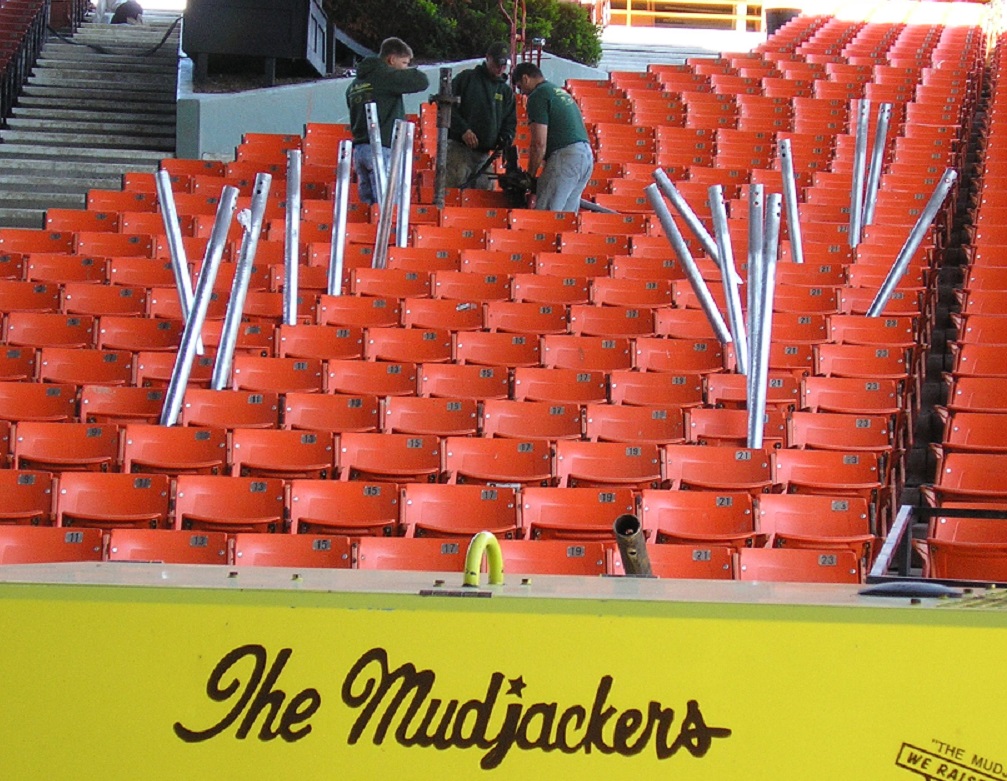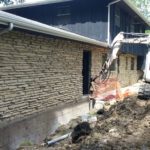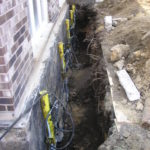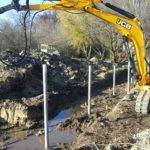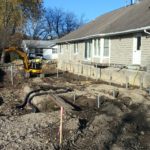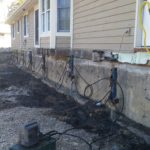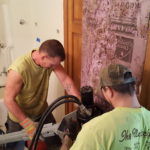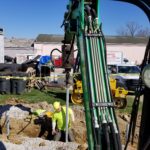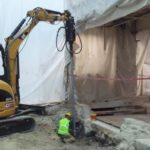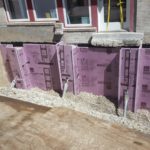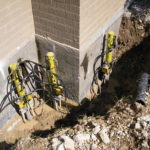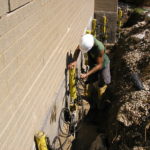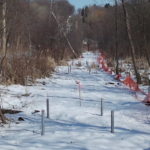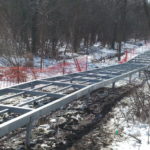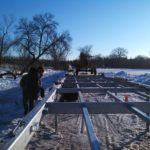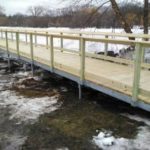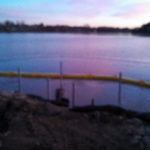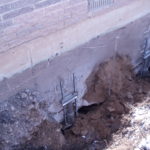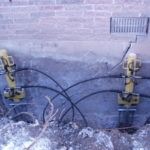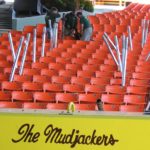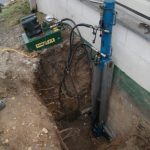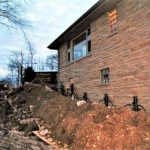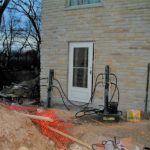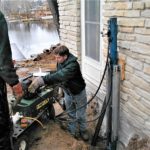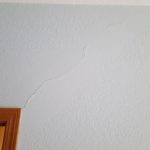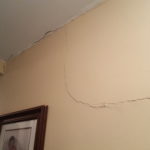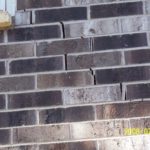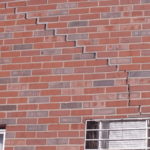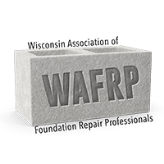Helical Piers
Helical Piers are shaped like giant screws. With the use of a hydraulic system, they are gradually screwed into the earth below the house until the helical piers reach either bedrock or hard, compressed, load-bearing soil. Then special brackets and tools transfer the weight of the house off of the fill dirt and onto the newly installed helical piers. Hydraulic jacks attach to the helical piers and are used to raise the foundation back to its original elevation. Once the structure is restored to the desired elevation the piles are affixed (bolted or welded) to wall brackets, locking the new elevation of the structure. No force is applied to the house during installation of the helical. Helical Piers also offer an affordable solution for new home foundations, board walks, decks, porches, patios, hot tubs as well as pre-fabricated buildings.
Push Piers
Push Piers use the building as a counter weight and are driven into the earth under the house until they hit either bedrock or hard, compressed, load-bearing soil. Hydraulic jacks attach to the embedded steel piers and are used to raise the foundation back to its original elevation. Once the structure is restored to the desired elevation the piles are affixed (bolted or welded) to wall brackets, locking the new elevation of the structure. The pier then will be filled with 5000 psi grout to give the pier better end bearing pressure and more horizontal strength.
INTERIOR SIGNS
Cracks in drywall on walls and ceiling
Doors that stick
Gaps between walls and ceilings
Nails that are coming out of the drywalls
Windows that are not square or are sticking
Floors that are cracked or not level
Gaps between walls and floors
EXTERIOR SIGNS
Cracks in the masonry
Gaps between bricks and windows
Bricks leaning away from garage doors
Gaps between fireplace and house
Sagging roof line
Doors that stick
Causes of Foundation Problems
Foundations are built directly on the earth. The foundation load is dependent upon the strength of the soil beneath. In nature, soil is rarely homogeneous. It tends to develop in layers or stratum, each with individual strengths and weaknesses. Figure 1.1 illustrates this stratification. Water is the primary cause in soil problems. Whether there is too much water, causing the soil to swell, or not enough, causing the soil to shrink. If all the soil layers beneath a foundation swell or shrink uniformly, a problem is unlikely to occur. Where only part of the foundation heaves or settles, the uneven movement causes cracks and other damage. Expansive soils, the gain in moisture, is a more serious threat to the foundation. Plumbing leaks, subsurface water like wet weather or a high water table, or surface water are the primary source of moisture gain. Improper drainage of landscape water or rainwater is considered surface water. Ensuring proper surface drainage away from the foundation will assist in keeping the foundation solid and intact.
